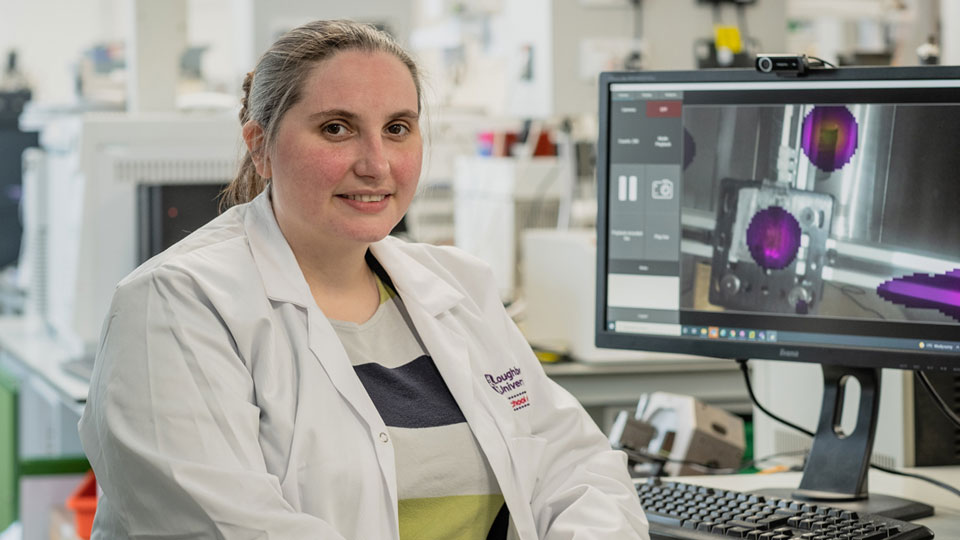Imaging
The basics of any camera include a small hole (or aperture) through which to collect light. A series of lenses then magnify, shrink or transform the light before it is projected onto film or a screen as an image.
The human eye behaves in a similar way to a camera.
Your pupil acts as an aperture – controlling how much light enters. A lens focuses the image on to your retina. Cells in your retina convert red, green and blue light into the image that you see.



Prehistoric pinholes
Unlike humans, the nautilus squid lacks a solid lens. Its ‘eyes’ are two pinholes that are large - relative to its body - which helps improve light gathering capabilities as the nautilus squid lives in the deep ocean. Often referred to as a living fossil, this fascinating creature has remained unchanged for over 400 million years.
What are pinhole cameras used for?
The applications of pinhole cameras include:
- Safe viewing of a solar eclipse
- Solarigraphy - capturing the movement of the sun over time
- Art - the camera obscura method benefits from infinite depth of field
Are there other optical and imaging methods?
Other optical and imaging techniques used at Loughborough include:
- Nuclear medicine imaging
- Microscopy
- Astronomy
- Lithography (patterning structures with light)
- Thermography (infrared imaging)
Build your own camera
It's really easy to make your own pinhole camera. You will need:
- The template we've made for you - print it onto card
- Tracing paper
- Scissors
- Sellotape
- A dark blanket or towel
Download the pinhole camera template and instructions - and get busy now!
Related research at Loughborough
Whether it’s visualising tumours during surgery, searching the night sky for new planets or quantifying the perfect golf swing, a lot of research areas benefit from the use of apertures in an imaging device.



